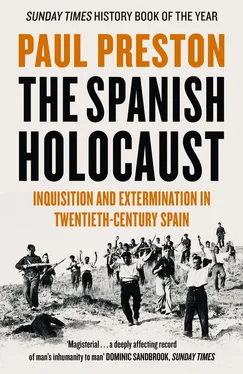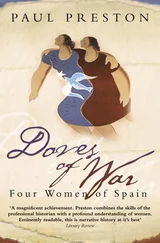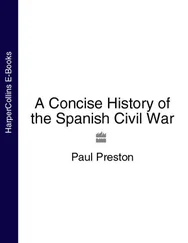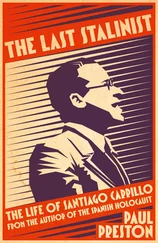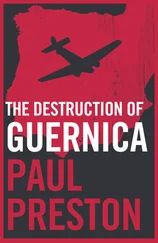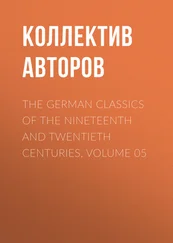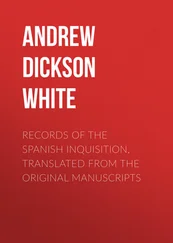Referring to the excesses of the first six weeks of his government, he asked: ‘can the masses, provoked and ill treated, those forced to starve for two years, those coming out of prison, be asked to behave, as we try to do, without resentment for the injustices which we remember only too well? We had to expect, and the Government did expect … that the first explosion of popular anger would see excesses that would undermine political authority and damage the Government.’ While condemning violent abuses, he also denounced those who sought to make political capital from them. He recognized that the tendency of Spaniards to resolve problems by violence engendered ‘a presumption of catastrophe’. ‘Many people are going around depressed,’ he declared, ‘imagining that Spain is going to wake up having been turned into a Soviet.’ While understanding how apolitical individuals might harbour such fears, he found it intolerable that the politically aware should foment panic in such a way as to create the atmosphere necessary for a coup d’état.
Azaña put the disorder into its proper context and went on to declare that his government aimed to remedy the disequilibrium at the heart of Spanish society. He acknowledged that this could mean harming the interests of those who benefited from ‘this horrendous imbalance’, adding that ‘we come to break up any abusive concentration of wealth wherever it may be’. While he did not expect an entire social class to commit suicide, he called on the wealthy to make sacrifices rather than face the consequences of the desperation provoked by social injustice. He ended prophetically, more so than he knew at the time, declaring that this was the last chance for the Republic because, if the redistribution of wealth he was advocating was opposed as the reforms of 1931–3 had been, then there would be no legal way forward. Astonishingly, the reaction to this ultimatum was widespread relief from the Communists to the extreme right. The stock market began to rise again and Azaña was regarded as a national hero. 36
Although lacking Socialist participation, Azaña’s new government was determined to proceed rapidly with meaningful agrarian change. The task was rendered all the more difficult because of a rise in unemployment by the end of February 1936 to 843,872, or 17 per cent of the working population. 37The new Minister of Agriculture, Mariano Ruiz-Funes, announced his commitment to rapid agrarian reform. The resurgent landworkers’ union intended to make him keep his word. After the harsh rural repression of the previous two years, in 1936 the FNTT began to expand at a vertiginous rate. Its militant leadership was in no mood to tolerate delays from the government or obstruction from the big landowners.
Immediately after the elections, Ricardo Zabalza had written to Ruiz-Funes urging him to expedite the return of land to the leaseholders evicted in 1935 and to re-establish the mixed juries (arbitration committees) and the decree of obligatory cultivation. In a letter to the Minister of Labour, Enrique Ramos, Zabalza requested the introduction of a scheme for placing unemployed workers with landowners. A third letter, to Amós Salvador, Minister of the Interior, called for the disarming of the caciques. Seriously alarmed by the quantity of weapons held by landowners and their retainers, and by the support that they enjoyed from the Civil Guard, the FNTT soon called upon members to form militias to prevent a repetition of the persecution of 1934 and 1935. Before the Cortes opened in mid-March, peasant demonstrations all over Spain supported Zabalza’s requests. 38The FNTT’s demands were not revolutionary but they still constituted a major challenge to the balance of rural economic power. Moreover, the events of the previous two years had exacerbated rural class hatred to a point which made the peaceful introduction of the desired social legislation highly unlikely. The economic situation ensured that the reforms, which were essential to alleviate the misery of the landless peasants, could not be absorbed by the owners without a significant redistribution of rural wealth. Constant rain between December 1935 and March 1936 had seriously damaged the grain harvest and reduced the profit margins of growers large and small. This natural disaster simply reinforced the reluctance of owners and workers alike to be conciliatory.
Anticipating the FNTT’s demands, CEDA propaganda had predicted that left-wing electoral success would be the prelude to the most hair-raising social disasters. Thus defeat on 16 February implied that landed and religious interests could not be defended legally and only violence would suffice. The Chief of the General Staff, Francisco Franco, believed that a left-wing election victory was the first stage of a Comintern plan to take over Spain. He had been convinced by the bulletins that he received from the Geneva Entente Internationale contre la Troisième Internationale, bulletins which in turn drew on inflated reports from Mola’s crony, the corrupt policeman Mauricio Carlavilla. From the early hours of 17 February, Gil Robles had been working with Franco to have martial law declared to overthrow the results. They managed to get several garrisons to do so, but their efforts foundered when the Director General of the Civil Guard, Sebastián Pozas Perea, remained loyal to the Republic.
On 8 March, Franco and other senior generals met in Madrid to put in train the most extreme violence of all, a military coup. They agreed to make General Emilio Mola overall director of the conspiracy and Colonel Valentín Galarza Morante his liaison chief. 39This was hardly surprising. In May 1935, when Gil Robles had become Minister of War, he had appointed Franco Chief of the General Staff and they had quietly established Mola in a secluded office in the Ministry of War to prepare operational plans for the use of the colonial army against the left on mainland Spain. 40Mola was then made general in command of Melilla and shortly afterwards military commander of the entire Moroccan protectorate. Franco ensured that reliable reactionaries were posted to the command of many units in Morocco and in Spain itself. He boasted later that these officers were key pawns in the coup. 41
In the meantime, Andalusia and Extremadura were facing bitter conflict because the landowners had flouted agreements on wages and working conditions and evicted the yunteros. After the elections, watched by seething rightists, joyful peasants paraded through the towns flying their union banners and red flags. The rural middle classes were appalled by such signs of popular jubilation and by attacks on casinos. Labour legislation began to be reinforced and, in the south, workers were ‘placed’ on uncultivated estates. Those imprisoned after the 1934 harvest strike and the October events were released and returned to their towns and villages, to the chagrin of the local Civil Guards who had arrested them. In Andalusian towns, demonstrators attacked right-wing centres and clubs. 42
The announcement of Azaña’s decrees of 20 February 1936 had been greeted cautiously, but their implementation provoked howls of outrage. The right-wing mayors imposed in 1934 by Salazar Alonso were unceremoniously expelled from the town councils of Badajoz and the deposed Socialists reinstated. Moreover, Salazar Alonso himself, the erstwhile champion of the Badajoz latifundistas, was a ruined man. In 1934, he had been heavily involved in the gambling fraud which eventually destroyed the Radical Party. He was one of several prominent Radicals who took bribes to help legalize the use of a rigged roulette wheel in Spanish casinos. The scandal that ensued in 1935 was called ‘Estraperlo’, from the names of the machine’s inventors, Strauss and Perlowitz. Salazar Alonso had been given a gold watch and 100,000 pesetas (about £35,000 in present-day values), and both his under-secretary at the Minister of the Interior, Eduardo Benzo, and the Director General of Security, José Valdivia, were paid 50,000 pesetas. Despite authorizing the use of the roulette wheel, Salazar Alonso, regarding the bribe as insufficient, arranged for a police raid when it was inaugurated at the San Sebastián casino. To get their revenge, the inventors leaked documents on the case to President Alcalá Zamora. In October 1935 in the subsequent parliamentary debate, Salazar Alonso was exonerated by 140 votes to 137, thanks to the support of the CEDA. When this was announced, José Antonio Primo de Rivera shouted, ‘¡Viva el Estraperlo!’ 43Although he was still Mayor of Madrid, Salazar Alonso’s political career was over. During the February 1936 election campaign, his speeches in Badajoz were interrupted by shouted witticisms about roulette wheels and gold watches. He was defeated and immediately claimed that the results had been falsified. He told Lerroux that he had serious financial problems (despite receiving his full ministerial salary, as did all ex-ministers). He became president of the right-wing newspaper Informaciones in April 1936. 44In the early days of the Civil War, he went into hiding, was eventually arrested, summarily tried by a people’s tribunal and shot.
Читать дальше
